High-level volcanic activity continues at Nishinoshima, Japan
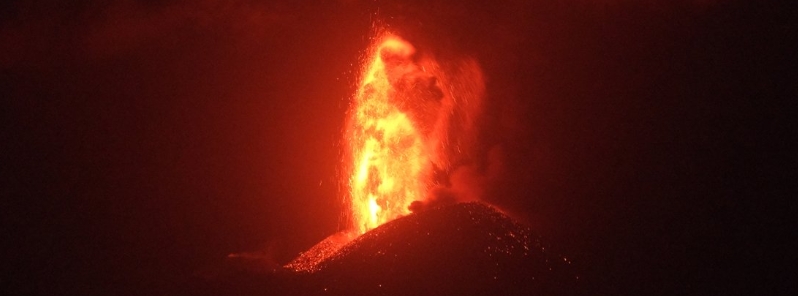
High-level volcanic activity continues at Nishinoshima, the Japan Meteorological Agency's reported on Wednesday, July 15, 2020. A powerful eruption took place on July 11, with incandescent material thrown high above the crater, large lava flows, and an ash plume up to 5 400 m (17 388 feet) above the summit.
According to observations carried out by Ryofumaro vessel on July 11, high-level eruptive activity continues at Nishinoshima.
A large amount of volcanic ash is continuously ejected from the summit crater, JMA reported. Large lava flows were produced on Saturday night, July 11, as well as incandescent material that reached about 200 m (656 feet) above the crater.
Meanwhile, the ash plume rose up to 5 300 m (17 400 feet) above the summit that drifted northeast.
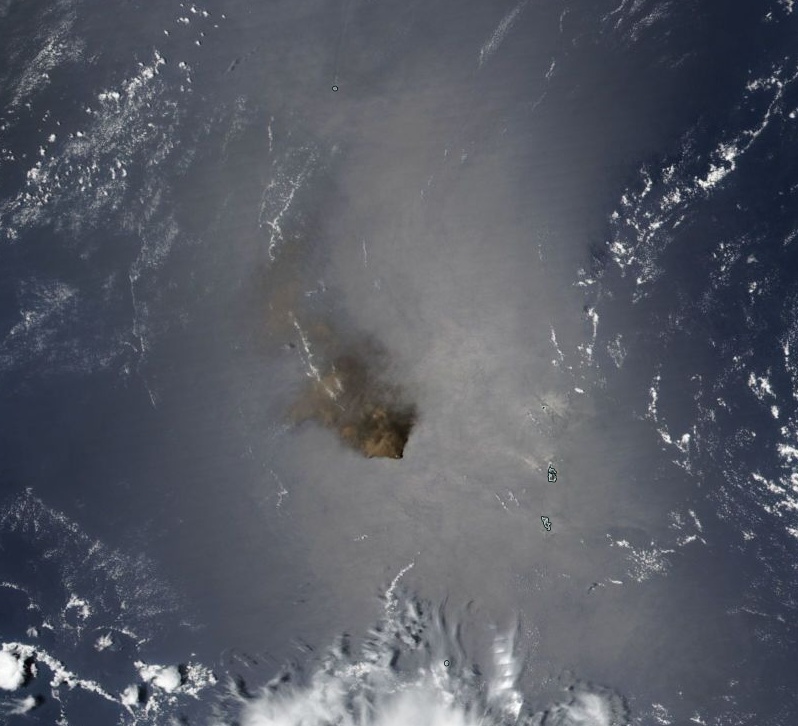
Nishinoshima on July 11, 2020. Credit: NASA/NOAA Suomi NPP/VIIRS
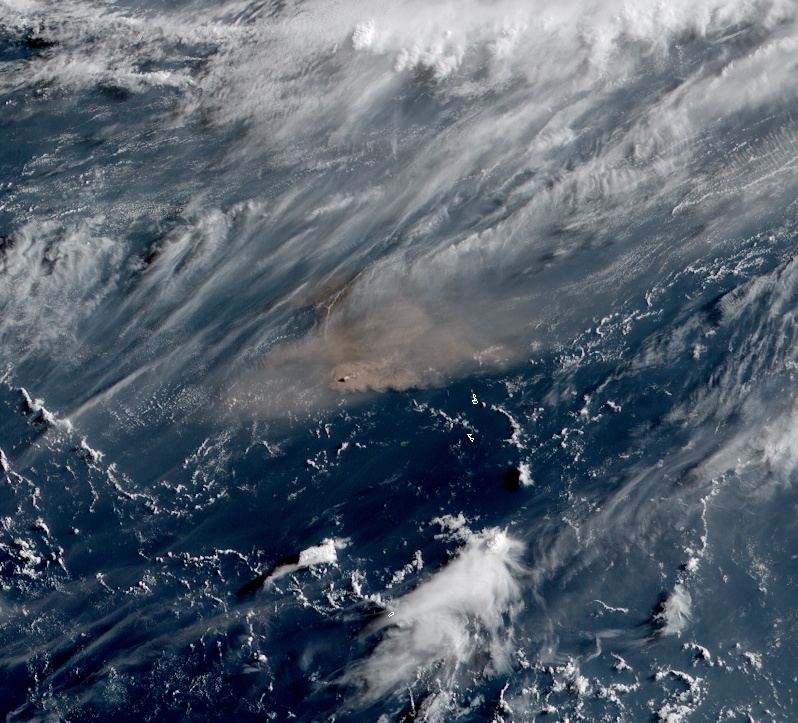
Nishinoshima at 21:50 UTC on July 12, 2020. Credit: JMA/Himawari-8, RAMMB/CIRA
Formation of lava flows an explosions are expected to go on in the following days as the volcano remains active.
JMA warned citizens to watch out for large volcanic blocks and lava flows within a distance of approximately 2.5 km (1.6 miles) from the summit crater.
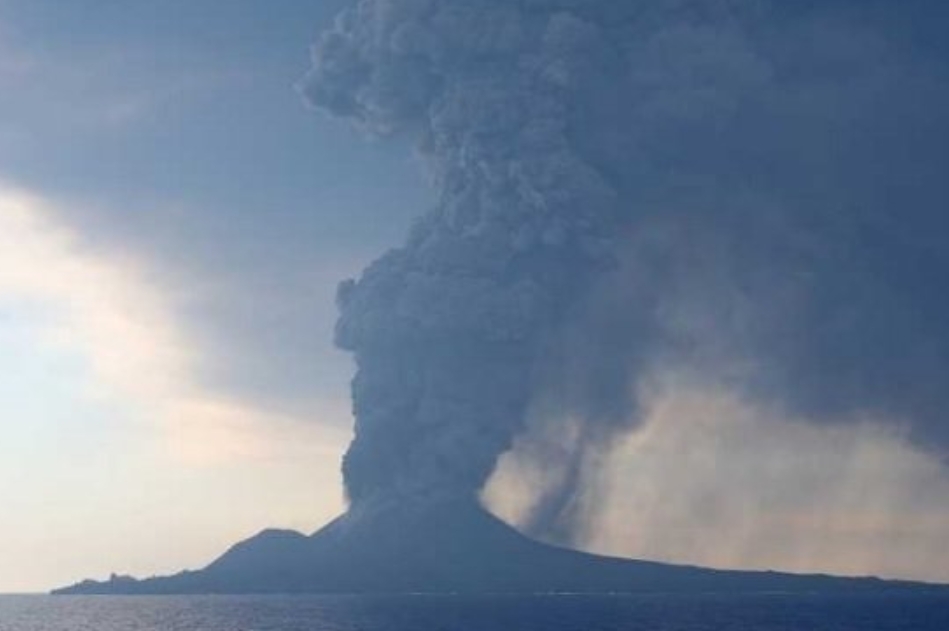
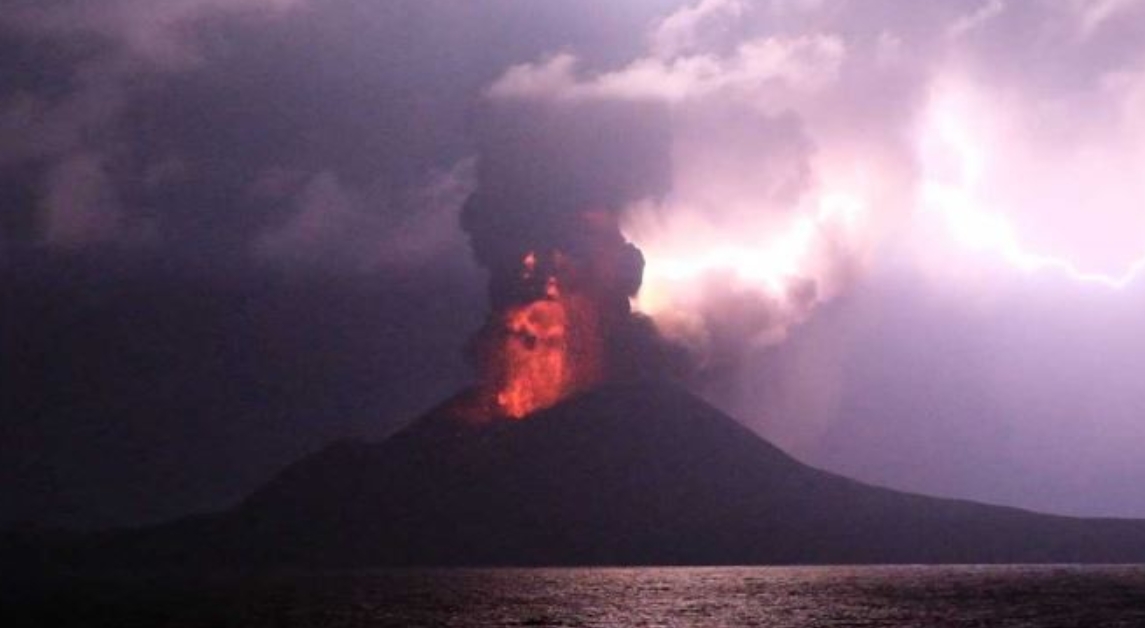
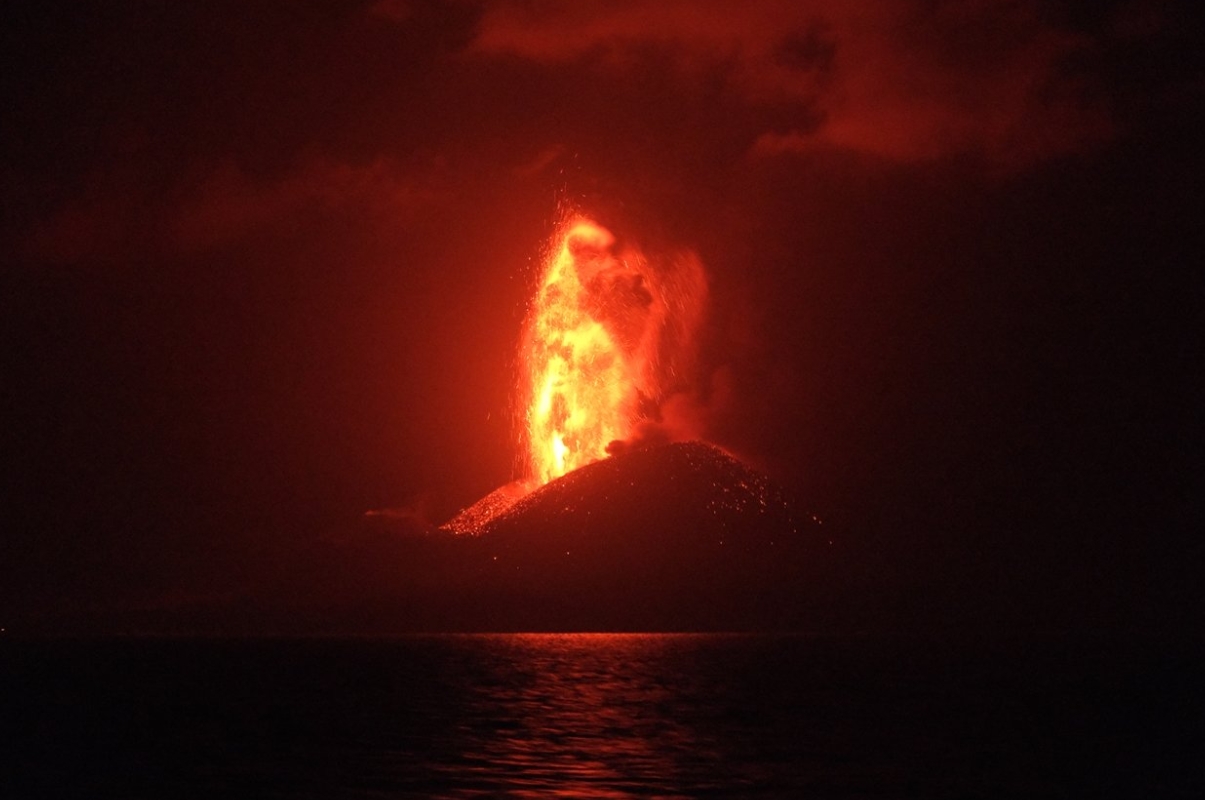
Nishinoshima on July 11, 2020. Image credit: JMA
Updated animation of #Nishinoshima volcanic #SO2 plume from 20 June to 13 July pic.twitter.com/8X866r9Cvb
— TROPOMI SO2 (@DlrSo2) July 13, 2020
#nishinoshima development of the ongoing #volcanic #eruption over the past few days, these are images of the ash and dust clouds. This is a tweet from the #nishinoshima official fan club pic.twitter.com/yFo7kgkiPJ
— Nishinoshima (@Nishinoshima1) July 13, 2020
Volcanic ash produced by the volcano rose up to 8 300 m (27 230 feet) above the sea level on July 4, 2020 — its highest since 2013.
When the Japan Coast Guard (JCG) observed the erupting volcano on June 29, dark smoke was reaching at least 3 400 m (11 155 feet) above the summit, and the volcano's central crater had expanded in a south-westerly direction. Lava flowed down the southwest coast and into the sea.
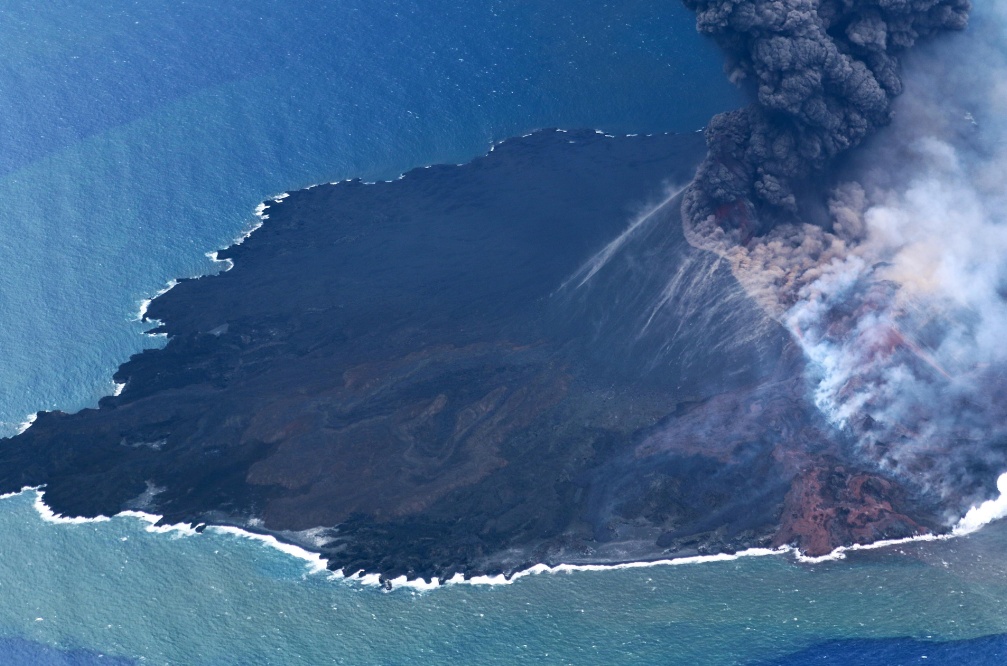
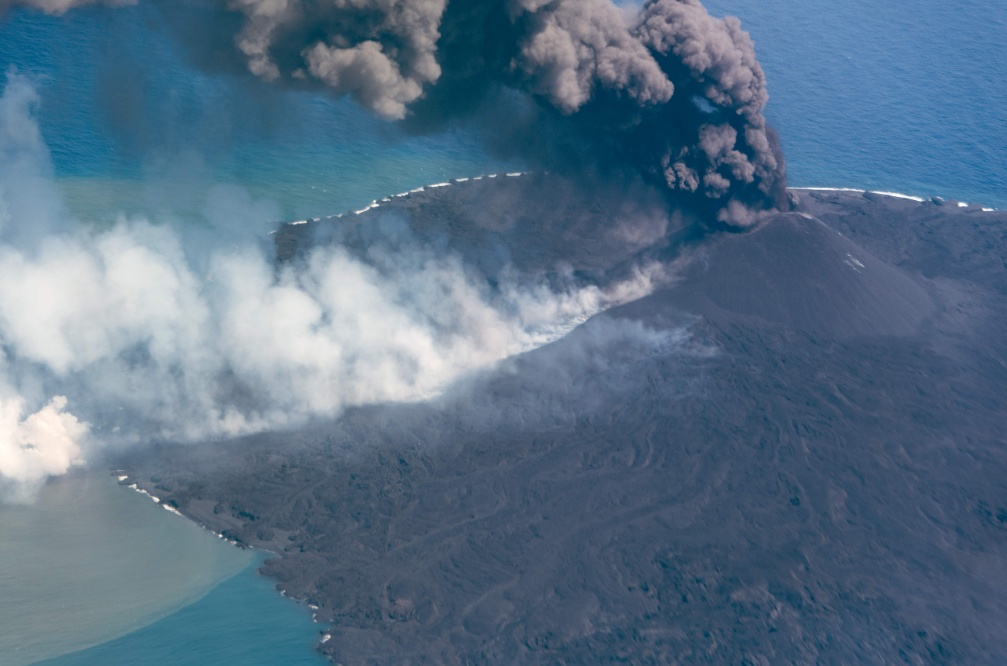
Nishinoshima on June 29, 2020. Credit: JCG
Geological summary
The small island of Nishinoshima was enlarged when several new islands coalesced during an eruption in 1973-74.
Another eruption that began offshore in 2013 completely covered the previously exposed surface and enlarged the island again. Water discoloration has been observed on several occasions since.
The island is the summit of a massive submarine volcano that has prominent satellitic peaks to the S, W, and NE. The summit of the southern cone rises to within 214 m (702 feet) of the sea surface 9 km (5.6 miles) SSE. (GVP)
Featured image credit: JMA

Commenting rules and guidelines
We value the thoughts and opinions of our readers and welcome healthy discussions on our website. In order to maintain a respectful and positive community, we ask that all commenters follow these rules.